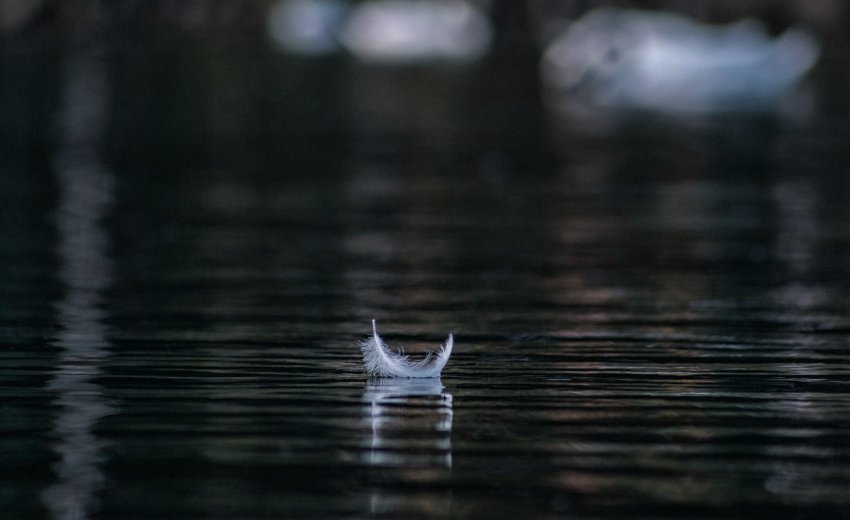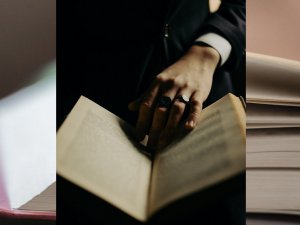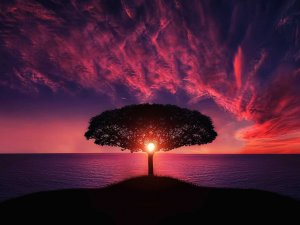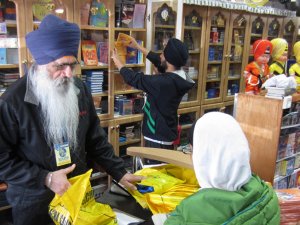So, it is said and sometimes it does.
I came to America when Sikhs and Punjabi speaking Americans were rarer than hen’s teeth. And if we came across one, we rarely ignored him or her. A Sikh place of worship – gurdwara – was even rarer.
And then, surely though slowly, habits changed as our population grew. Now there is hardly a mid-sized or larger town in America that does not boast of a Sikh community and at least one gurduara.
Over the years many connections have materialized between our Punjabi roots and their connecting reciprocal links in America. There is hardly a Sikh function rooted in India that has not found a parallel practice away from Punjab. For a migrant community a deeply driven almost venerated goal is to recreate the sights, sounds and smells of home. Perhaps that’s why our gurduaras function the way they do.
But these are increasingly difficult times especially because of the Coronavirus and its deadly sword threatening our existence.
I am tempted to think that though we have created many gurduara sites outside Punjab, they will remain the center of our attention and continue to command our attention. Keep in mind that the culture, language and expectations would be different in our new home outside India. And a significant activity for us would be to understand and apply Sikh teachings in our new home.
But instead of finding the common ground in our existence we seem to have created a total conflict between the two realities – in Punjab and now in the diaspora.
In time, increasingly common practices created common behavior to bridge the gap between Sikhs in India and those in the diaspora, I often welcomed such commonality. But lesser with time. These days I find an increasingly conflicting reality. Surprisingly, Sikhs whether living in India or in New York equally ignore the commonality without a single comment, despite the fact that the repercussions visit both cultures, equally viciously.
What am I taking about in such fearsome terms?
In these days when most of us are restrained from running around because of the fearsome virus about I have gotten the habit of staying in to enjoy the early morning Diwan at the historic Golden Temple broadcast. Every morning the same scene greets me – Aasa di Vaar along with Ardaas. Wonderful, for sure, so where is the rub?
There is the small limited space for the four singers (Raagees) with their instruments and for about another four or five special guests. But believe me when I tell you that these special guests often range from four to ten. An official nearby seems in charge of the number. The space is limited. The guests are in intimate contact and in the small space guests are seated shoulder to shoulder.
In the small inside hall the situation is dangerously limited. This is in Amritsar. Nobody wears a mask or any other protection. No one visiting the site is expected to wear any protection in Parikarma --the large outer space for visitors either.
We know that the coronavirus is active in India, even though people living outside India, are not knowledgeable of the details of damage and number of casualties. Mind you, the casualty figures from India may not always be dependable. The Golden Temple receives perhaps the largest number of tourists that visit the site every day.
Why is there nothing released on protective measures within the Gold Temple
Nobody releases any figures or protective protocols? There is no discussion by anyone connected to the site? Don’t you think that people deserve better? Is this site free of any legal structural constraints in India? And yet, we know that a whole plethora of impressive elective and administrative systems exist to manage the structures and functions of Sikh religious institutions.
Such silence seems not in the public service. It seems that one is in an alternative reality, absolutely free of any daily realities. Why is this such a state secret? When silence speaks; Let fearless be the face of change. As Robert Browning immortalized in Rabbi ben Ezra:
“Grow old along with me; the best is yet to be
The last of life for which the first was made.”
Remember also that sometimes silence is indeed deafening.






